art final
1/4
There's no tags or description
Looks like no tags are added yet.
Name | Mastery | Learn | Test | Matching | Spaced |
|---|
No study sessions yet.
5 Terms
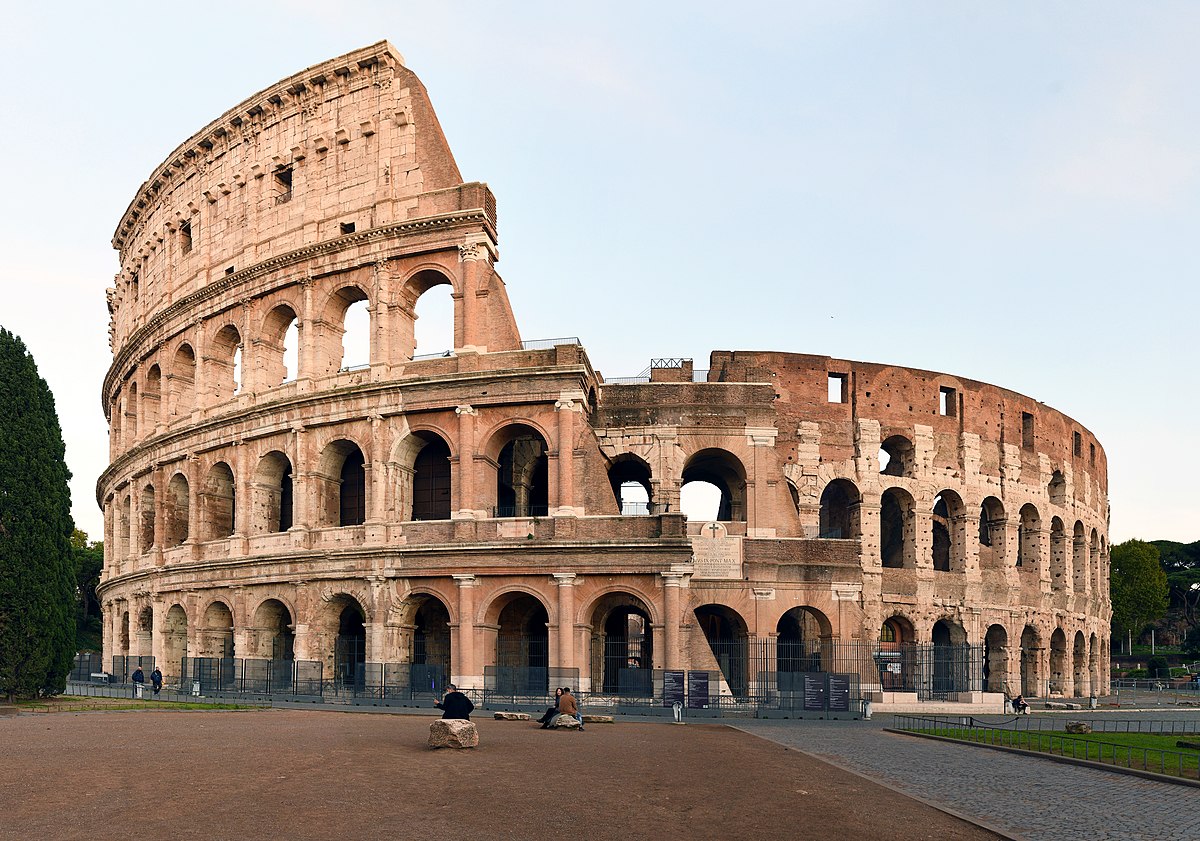
Flavian Amphitheater (Colosseum)
Materials: Concrete, stone, marble.
Date/Period: 70–80 CE, Roman Imperial (Flavian).
Location: Rome.
What it is: A giant arena for gladiator games and public shows.
What it shows: Roman engineering (arches, vaults) and strict social order (tiered seating).
Function: Entertainment, political messaging (“the emperor provides for you”).
Meaning: Demonstrates Roman power, wealth, and control.
Audience takeaway: Rome is strong, organized, and generous
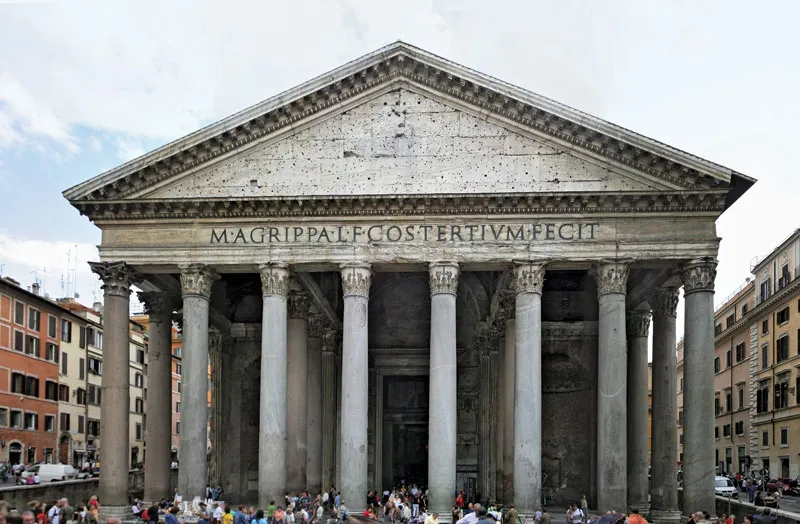
Pantheon
Materials: Concrete dome, brick, marble, granite columns.
Date/Period: 118–125 CE, Hadrianic Roman Empire.
Location: Rome.
What it is: A temple for all gods with a huge dome.
What it shows: Perfect geometry and cosmic symbolism (oculus = divine light).
Function: Religious worship, imperial ceremonies, showing Rome’s universal rule.
Meaning: Connects the emperor to the cosmos.
Audience takeaway: Empire = ordered, eternal, divinely favored.
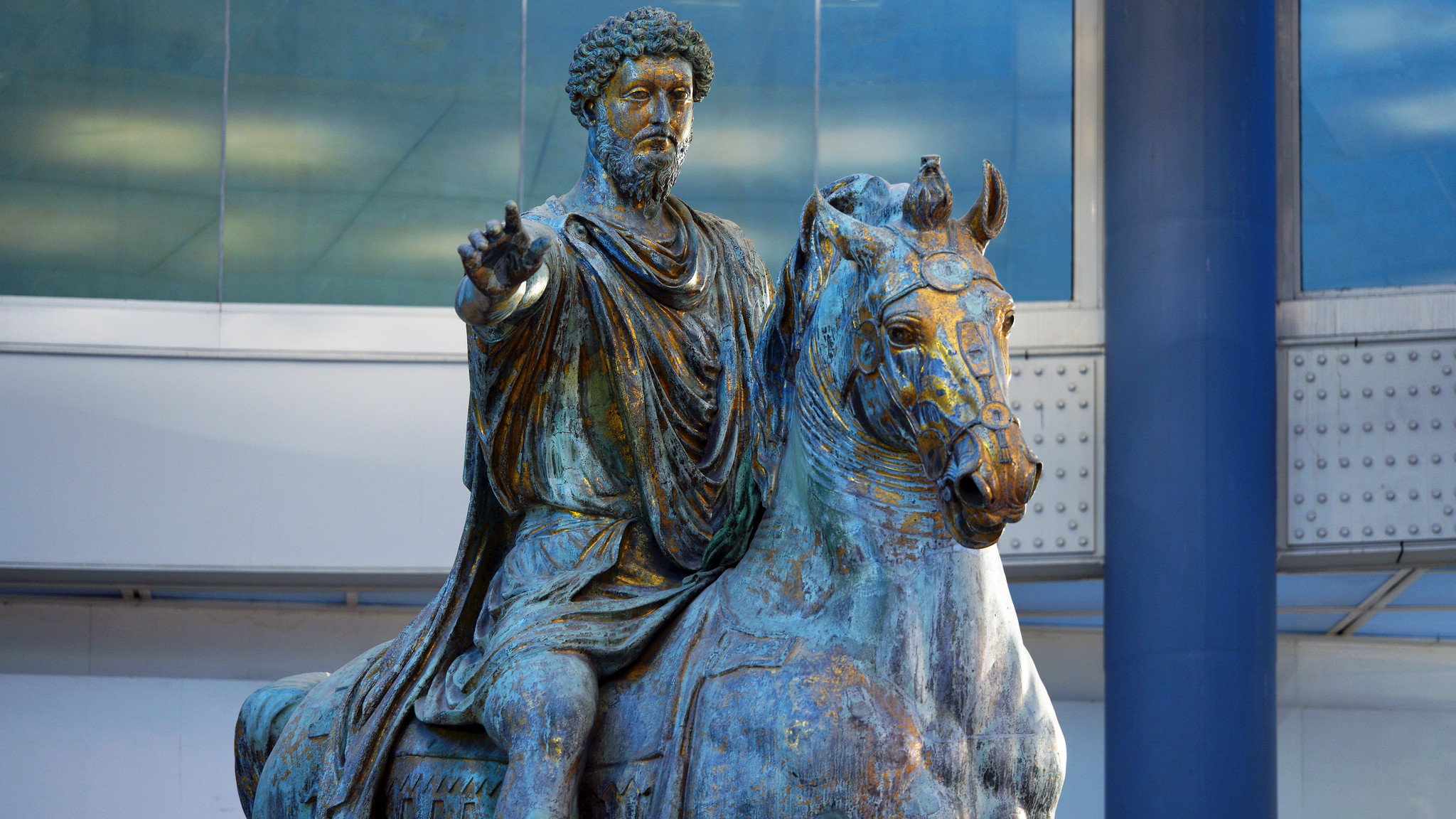
Equestrian Statue of Marcus Aurelius
Materials: Bronze.
Date/Period: ca. 176 CE, Roman Imperial.
Location: Rome (later Capitoline Hill).
What it is: A statue of the emperor on horseback.
What it shows: Calm authority, mercy (hand gesture), controlled power.
Function: Public imperial propaganda.
Meaning: Presents emperor as wise and benevolent.
Audience takeaway: The ruler is powerful but fair.
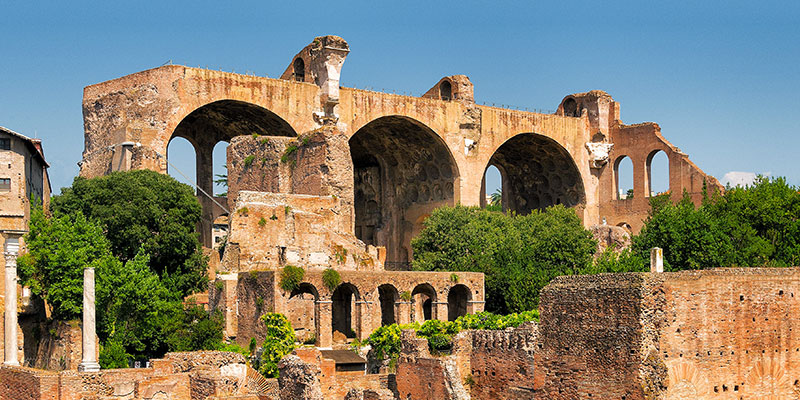
Basilica Nova (Basilica of Maxentius & Constantine)
Materials: Concrete, brick, marble.
Date/Period: 306–313 CE, Late Roman Empire.
Location: Roman Forum, Rome.
What it is: Huge civic building for courts and administration.
What it shows: Massive vaults, grand scale → imperial dominance.
Function: Legal center, public administration.
Meaning: Centralizes power under the emperor.
Audience takeaway: Imperial presence is everywhere.
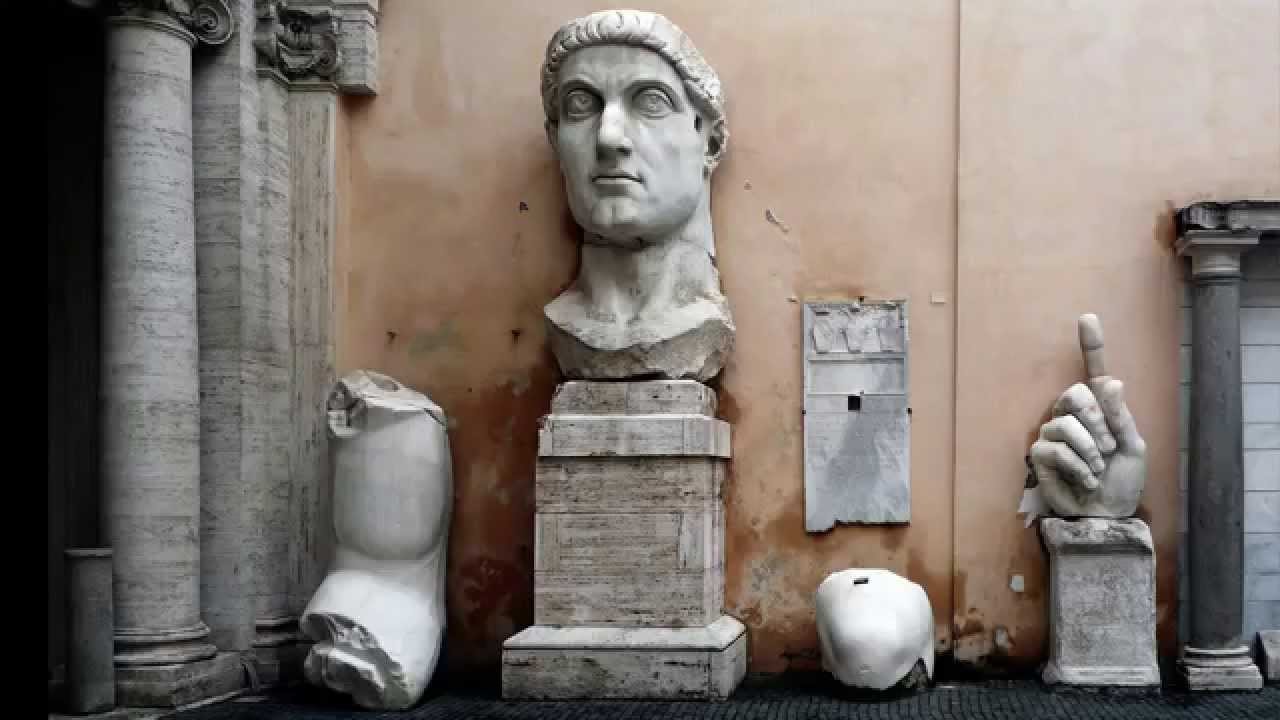
Colossal Enthroned Portrait of Constantine
Materials: Marble (head, hands, feet) with wood/bronze core.
Date/Period: 312–315 CE, Early Christian Roman Empire.
Location: Basilica Nova, Rome.
What it is: Enormous statue of Constantine.
What it shows: Huge eyes, simplified features → spiritual, timeless authority.
Function: Impress and intimidate viewers entering basilica.
Meaning: Shows emperor as divinely chosen and eternal.
Audience takeaway: Constantine’s power comes from God